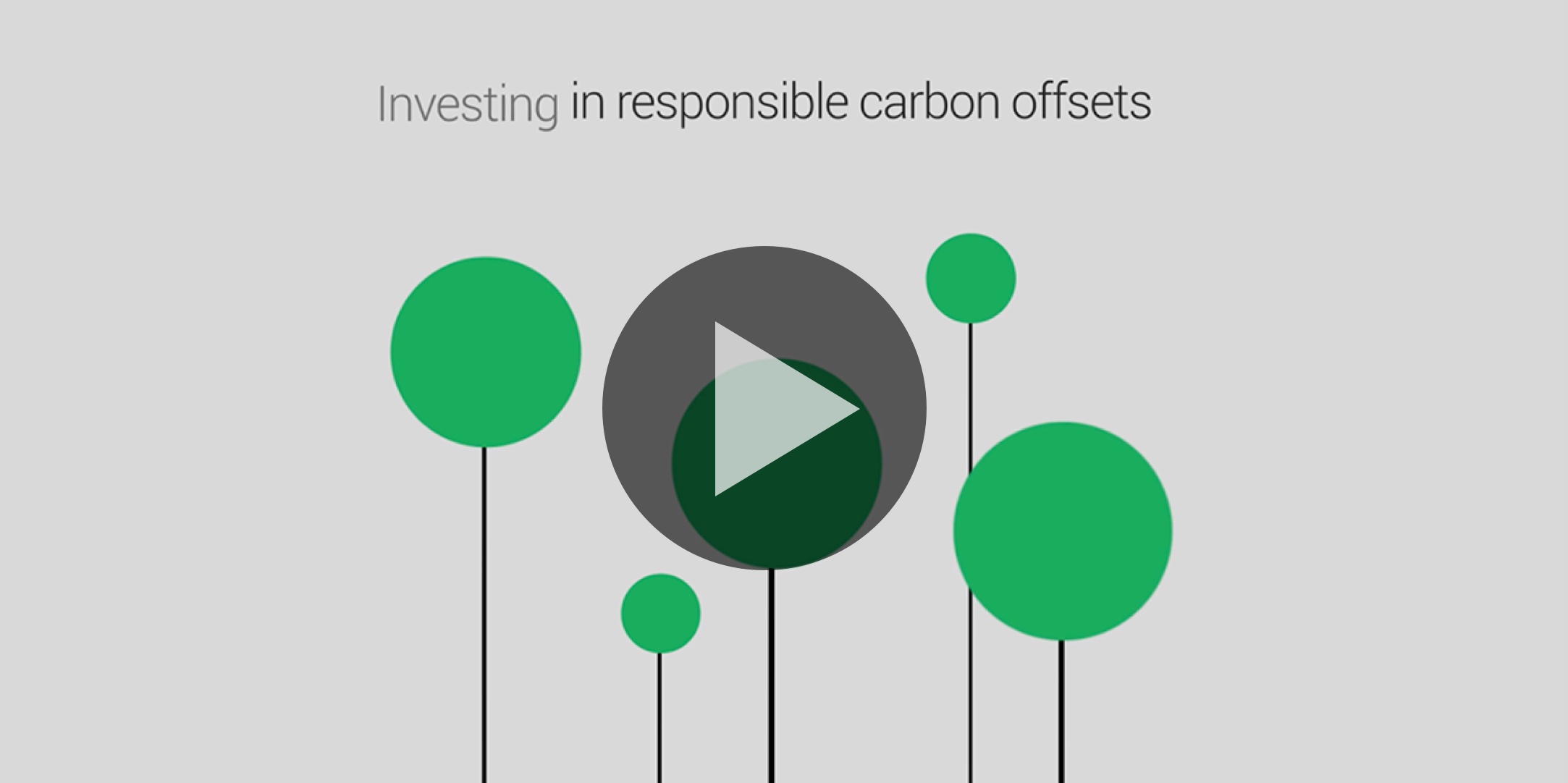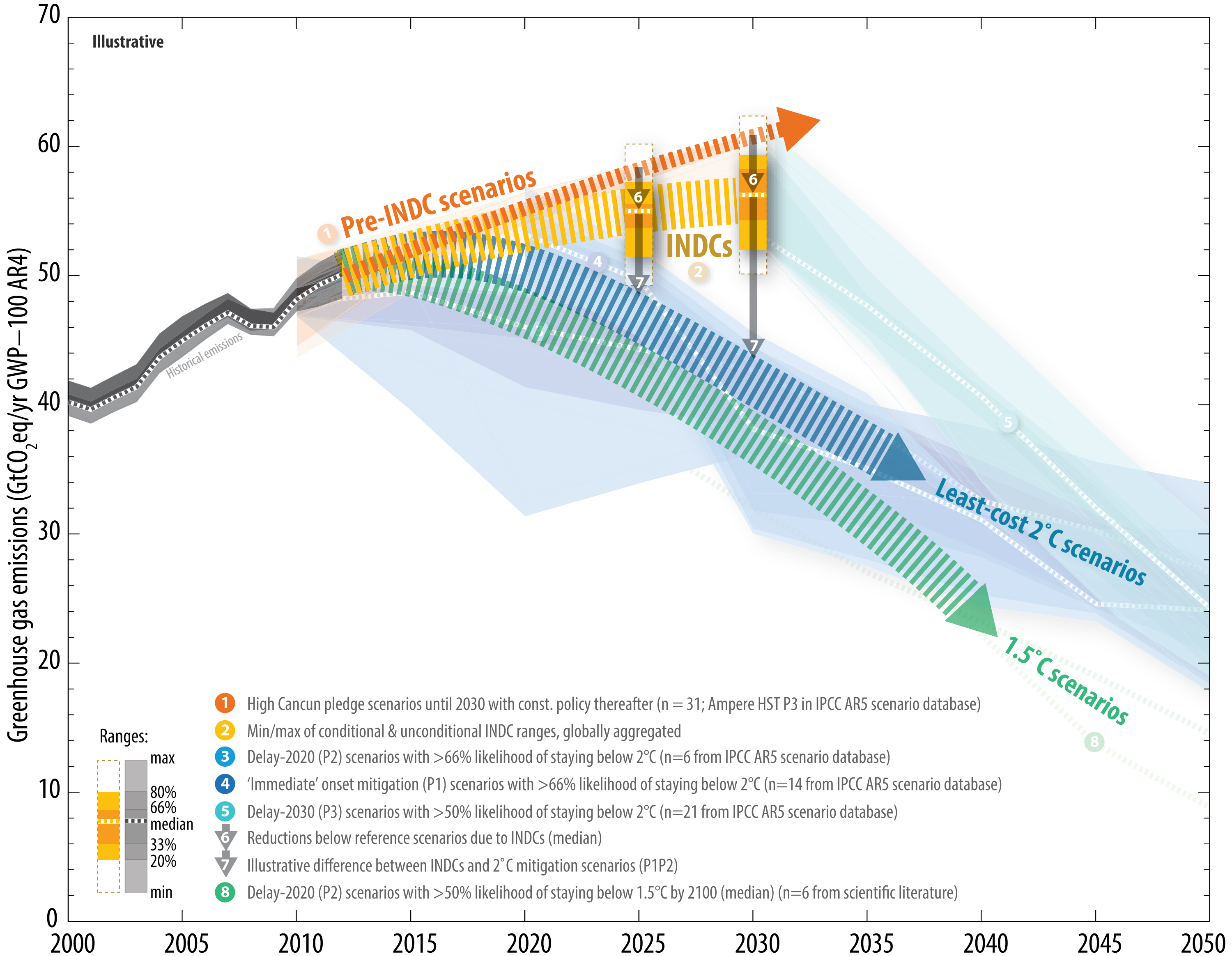Offsetting is a climate action that enables individuals and organizations to compensate for the emissions they cannot avoid, by supporting worthy projects that reduce emissions somewhere else.
The greenhouse gas (GHG) emissions reduced through offsetting are measured in UN Certified Emission Reductions (CERs). The CERs are generated from Clean Development Mechanism (CDM) projects. These projects, which are located in developing countries, earn 1 CER for each metric tonne of GHG emissions they reduce or avoid and are measured in CO2 equivalent (CO2-eq). The CERs can then be bought by people and organizations to offset their own unavoidable emissions or as a contribution to the global climate action.

Offsetting is like crowdfunding for climate action: buying CERs is a direct financial contribution to the projects that allows them to continue reducing emissions and benefit the communities around them.
A rapid transit system in Bogotá, Colombia
Solar water heaters in Cape Town, South Africa
Efficient cook stoves in Uganda
Offsetting is a part of the 3-step process under the Climate Neutral Now initiative of the UN Framework Convention on Climate Change (UNFCCC) Secretariat:
- Measure your climate footprint with our easy calculator
- Reduce your footprint as much as you can
- Offset the rest with UN’s Certified Emission Reductions (CERs)
Climate Neutral Now invites companies, organizations, goverments and citizens to work towards climate neutrality
Fetzer Vineyards
Dubai police
Aviva insurance
Marks & Spencer
How projects reduce emissions
The CDM projects can, among other approaches:
- Replace the use of dirty fossil fuels with clean renewable energy (wind, hydro, solar, biomass);
- Reduce energy consumption and the use of fossil fuels through energy efficiency measures (clean cooking stoves, energy efficient light bulbs);
- Capture already released carbon in trees and other plants (reforestation and forest regeneration projects).
CDM projects have been responsible for avoiding more than 1.8 billion tonnes of GHG emissions. That is equal to removing more than 300 million cars from the road each year, or installing 400,000 wind turbines, or the same amount taken out of the atmosphere by more than one billion acres of forest per year.
Benefits of offsetting
Offsetting is climate action
Offsetting matters because to meet the objectives of the Paris Agreement, namely limit the global temperature rise to less than 2 degrees Celsius before the end of the century and re-balance the world to a climate neutral one, everyone and every entity needs to take urgent climate action. Offsetting plays an important catalytic role for rapidly deploying solutions where it is economically most viable, bridging the gap between now and the time our societies will be able to phase out the GHG emitting technologies.
Offsetting supports the sustainable development of developing nations
Offsetting with UN CERs ensures that your climate action is robust and is not only beneficial to counteract the effects of climate change but also to contribute to the sustainable development of the local communities where the CDM projects are located. These projects are collaborative efforts between a variety of stakeholders to ensure a 2 in 1 effect: address climate change while foster development and improve lives by creating employment for example, or improving health, education, access to energy, etc.
Offsetting facilitates behavioral change towards responsible industrial operations
Climate Neutral Now signatories are businesses or organizations who commit to take three steps: measure their climate footprint, reduce it as much as possible (climate action in itself) and offset the rest (also climate action), and to repeat these steps at regular intervals. This means that the number of offset units purchased shall also decrease over time, as we strive towards climate neutrality. Committing to take these three steps incentivizes behavioral changes within companies, organizations, individuals, i.e. consumers, whom in turn will drive the change within their industries, institutions and networks.
With the adoption of the Paris Agreement, most countries in the world have committed to climate action in contrast to the earlier Kyoto Protocol that bounded only industrialized nations to act. The Paris Agreement is a long-term framework that aims to ensure that countries will be increasing their ambition and action over time. However, the window of opportunity for transitioning the world economy to a low-carbon path that may avoid the worst impacts of climate change is rapidly closing.
Emissions scenarios leading to CO2 equivalent concentrations in the atmosphere by year 2100 of about 450 parts per million or lower are likely to maintain warming below 2°C over the 21st century relative to pre-industrial levels. To achieve such concentration levels, we need to reduce emissions with 80% by 2050 (against a baseline of 1990 levels) to stabilize our climate and prevent unprecedented negative impacts on the economy and our environment.
Our analysis of the initial commitments by countries for domestic action reveals a significant gap between the level of ambition and economic activity consistent with global temperature rises of under 2°C.

The rules of the Paris Agreement that will govern its implementation from 2020 onwards are currently negotiated, including how ground level action will be captured and reported at international level. Offsetting is expected to continue to play a role in helping countries that require longer time to unlock their full climate action potential to support action somewhere else.
At present times, offsetting is a tool for pre-2020 action by countries and by Non-Party Stakeholders. UN coordinates action by Non-Party Stakeholders under the broader umbrella of the Global Climate Action Agenda and its many initiatives such as Climate Neutral Now. The Global Climate Action is expected to extend into the Paris Agreement implementation phase with continued focus on Non-Party Stakeholders climate action.
When we blame companies for polluting we forget a simple fact with profound consequences - companies consist of individuals. When we recognize that change at all levels starts with us, the individuals, we can accept our personal responsibility to take action and drive change.
The social norm pressure point: when climate responsible behavior is so wide spread it becomes the norm and entities that do not comply with it suffer credibility damage.
We encourage you to measure, reduce and offset your emissions now and over time. But please do not stop with that. Engage your family, friends and peers and advocate with them to also take climate action. Every effort counts and everyone can be part of the solution.
